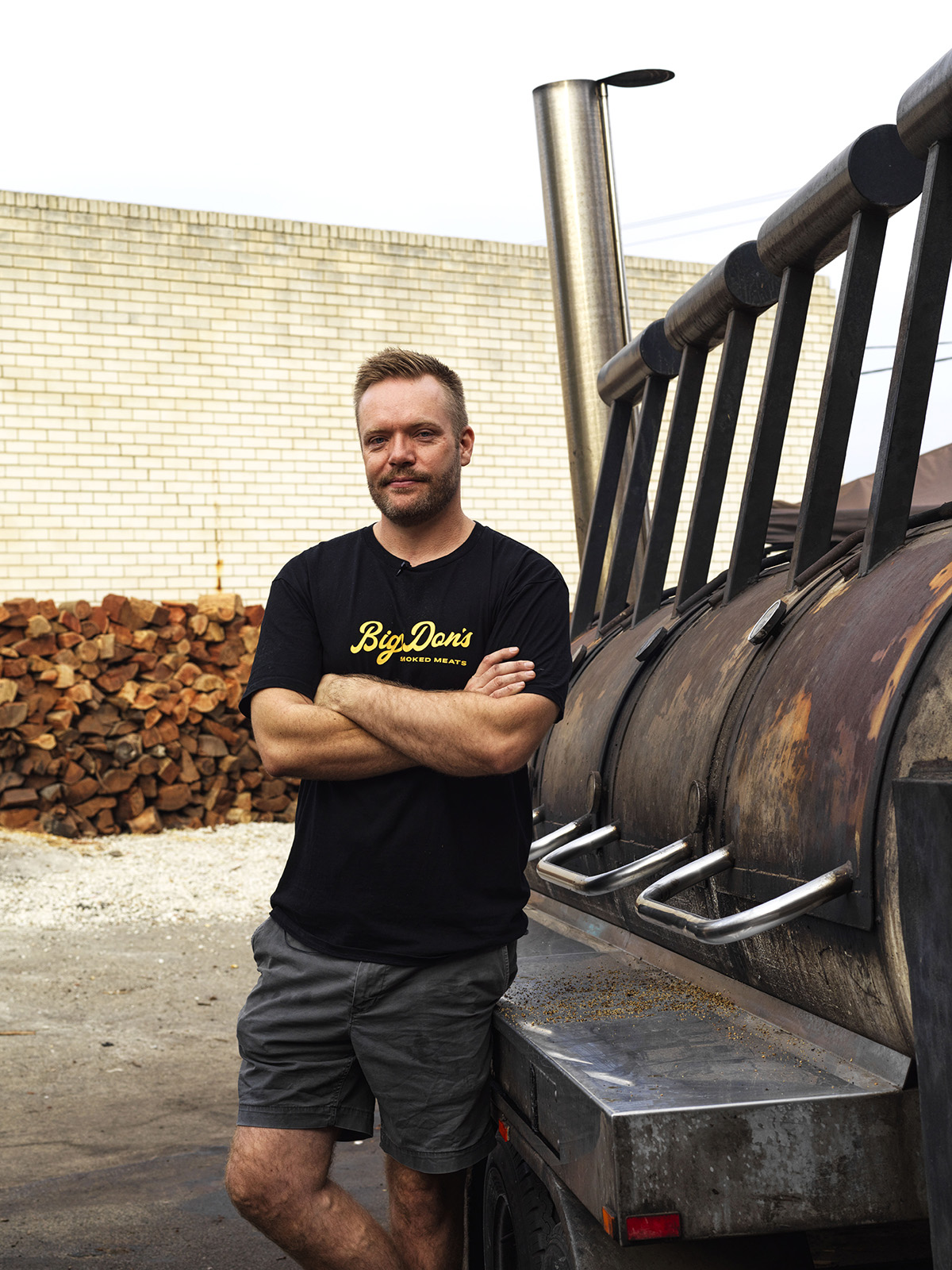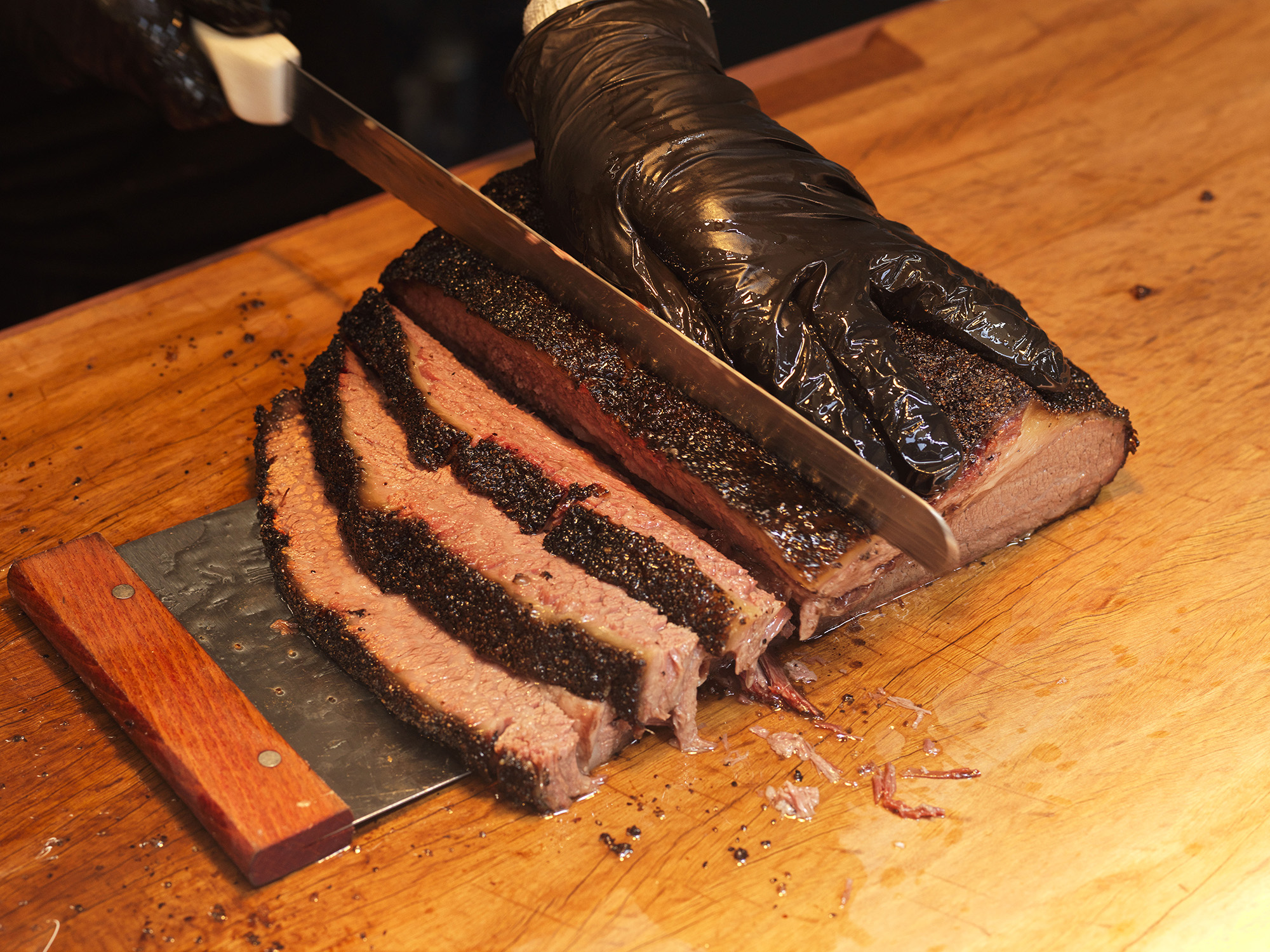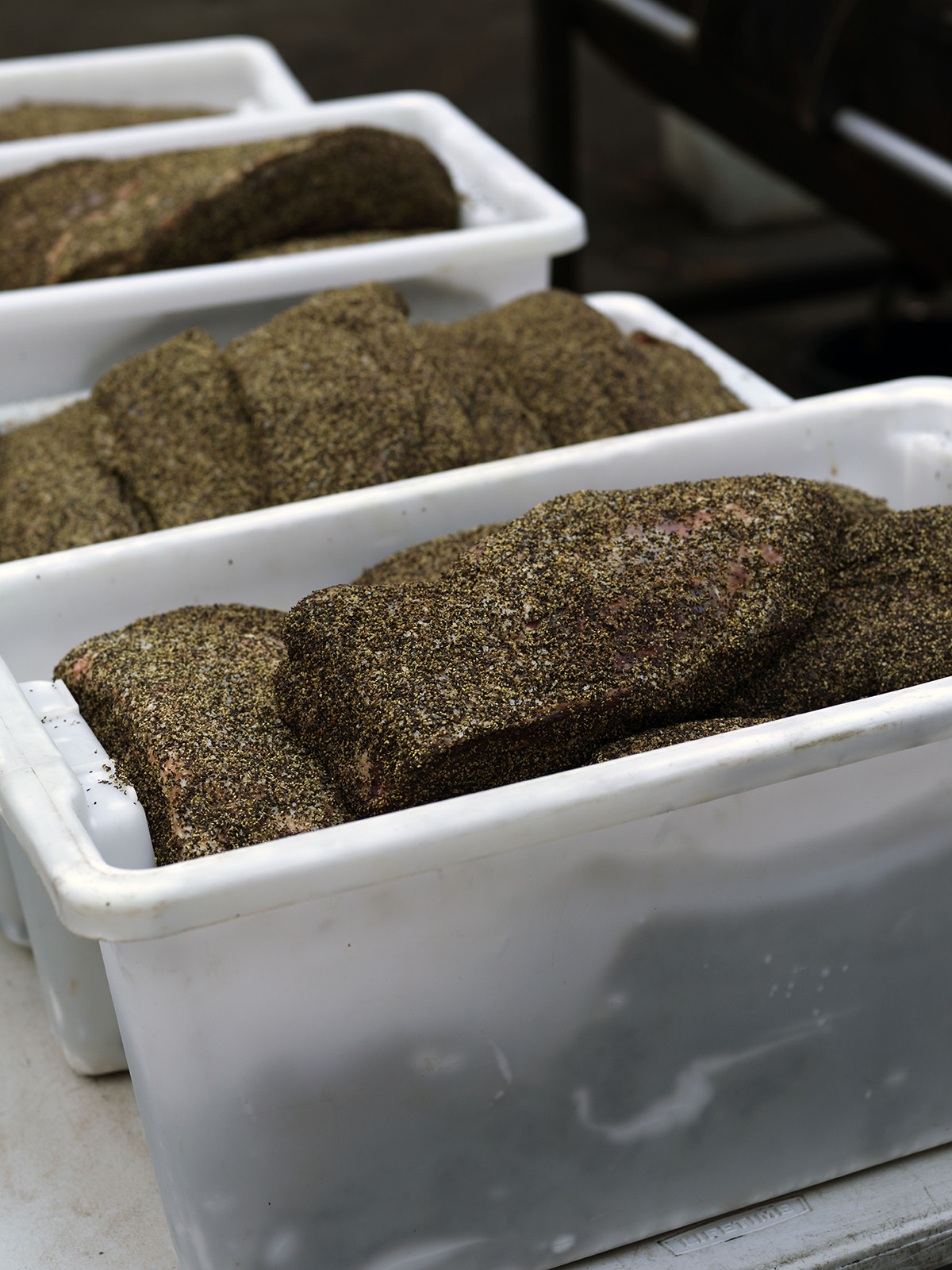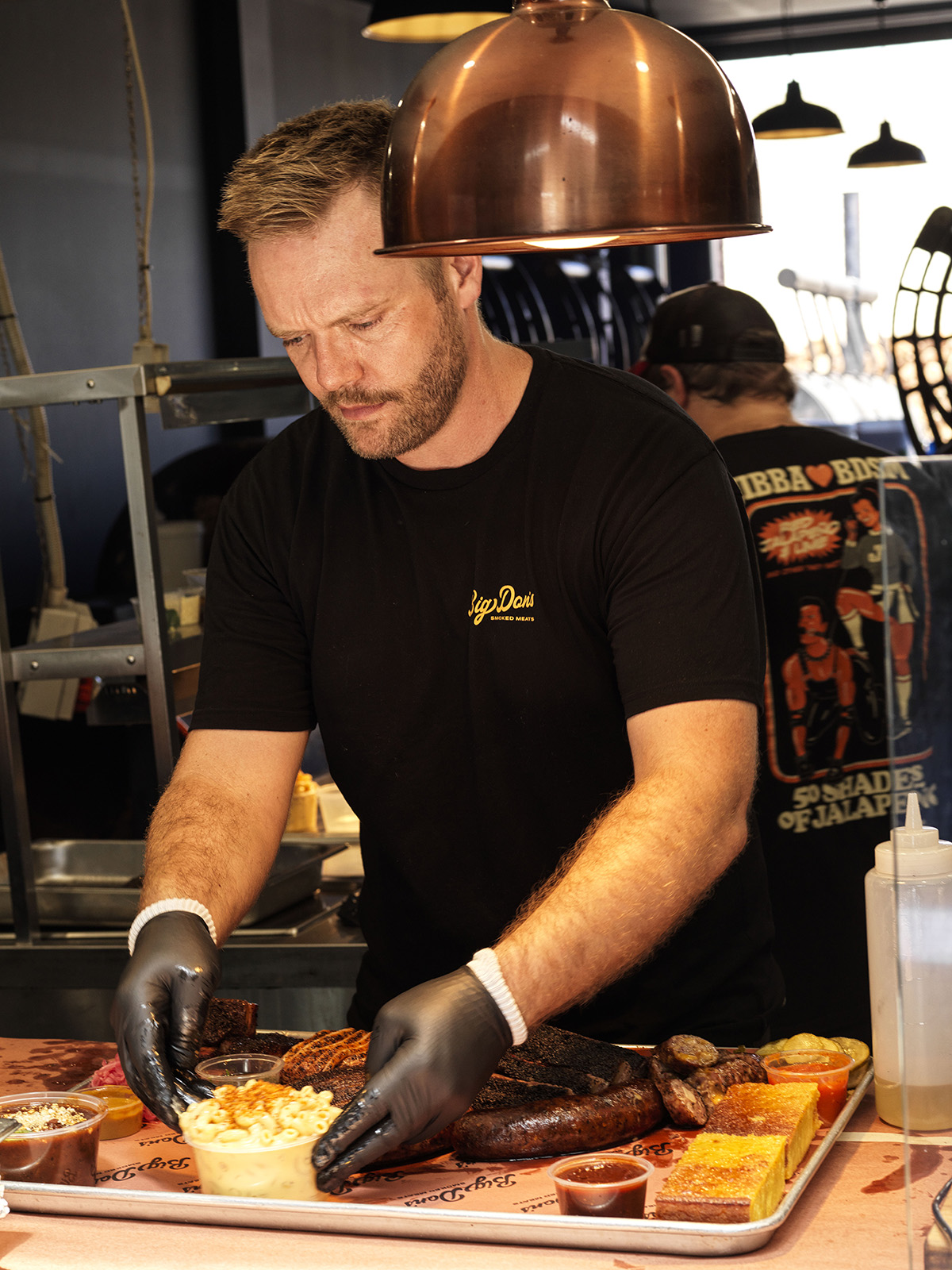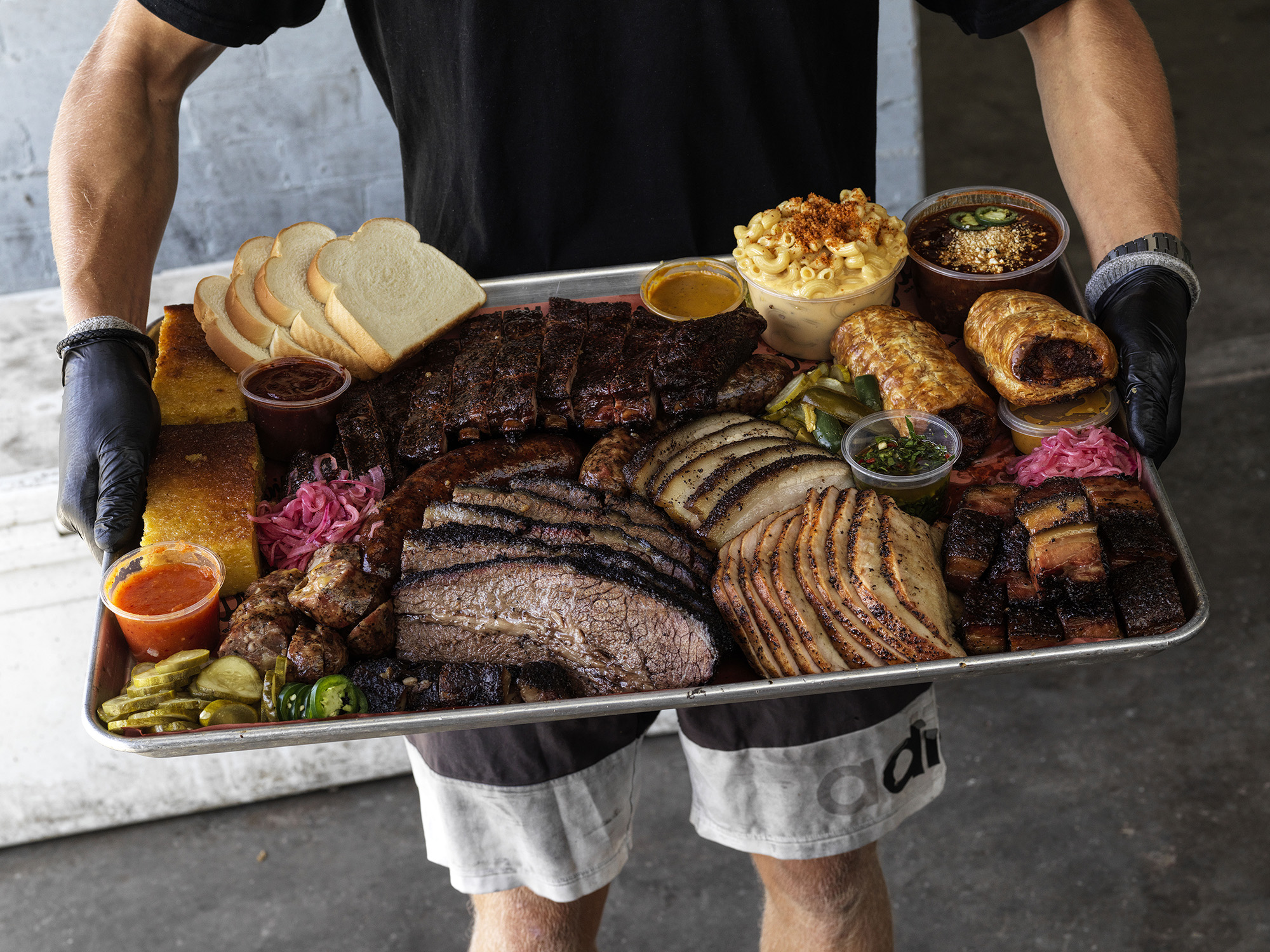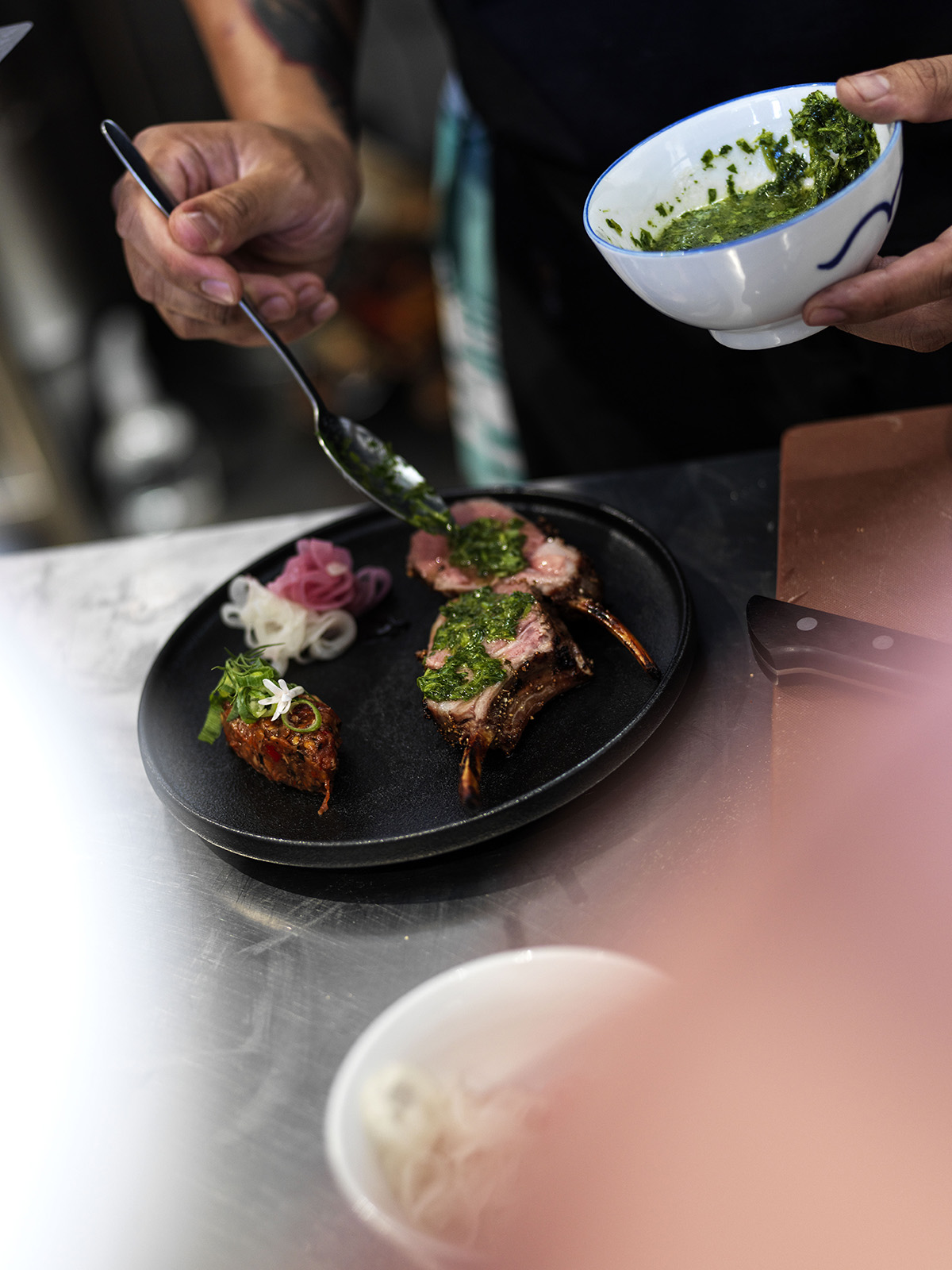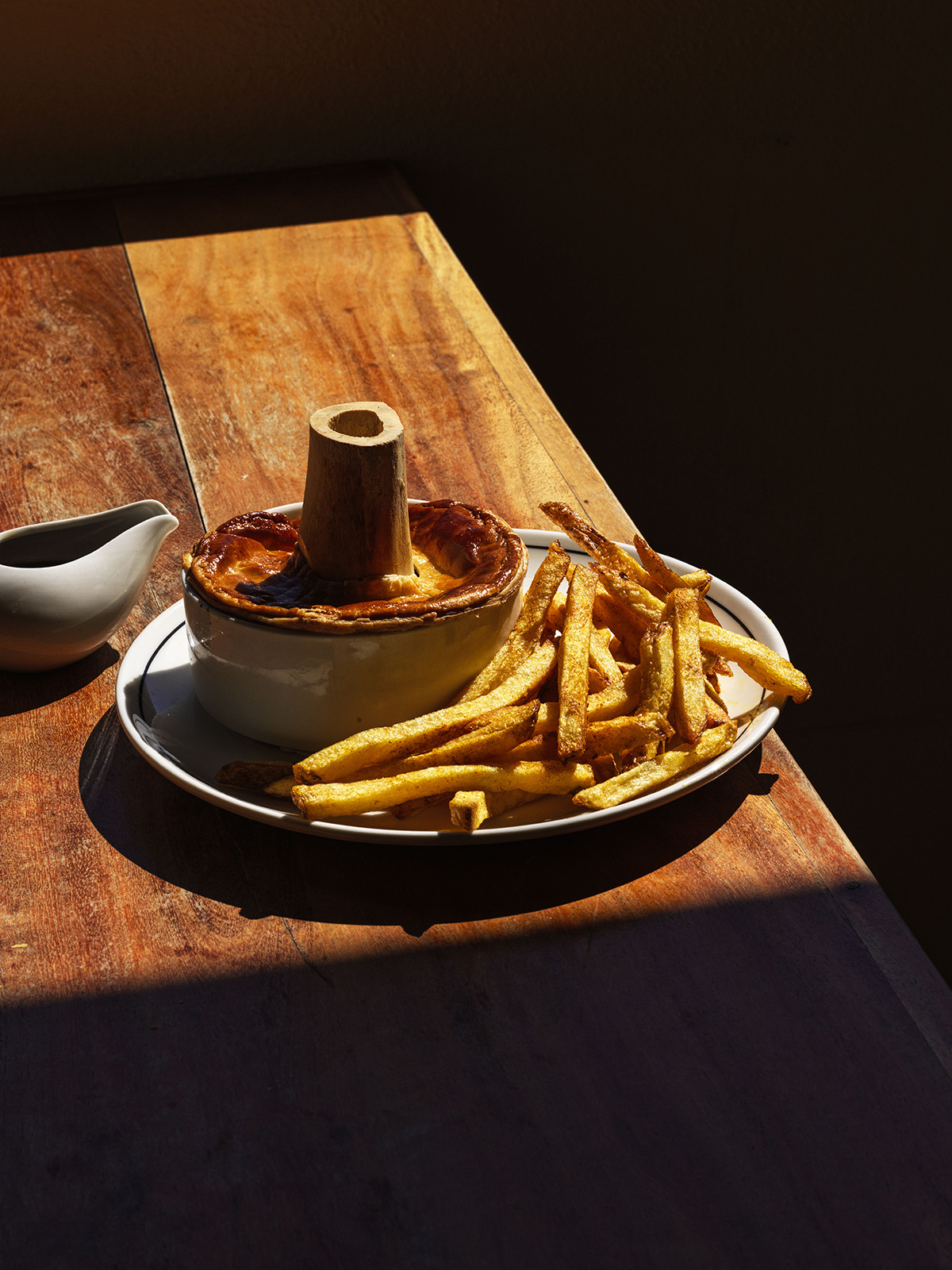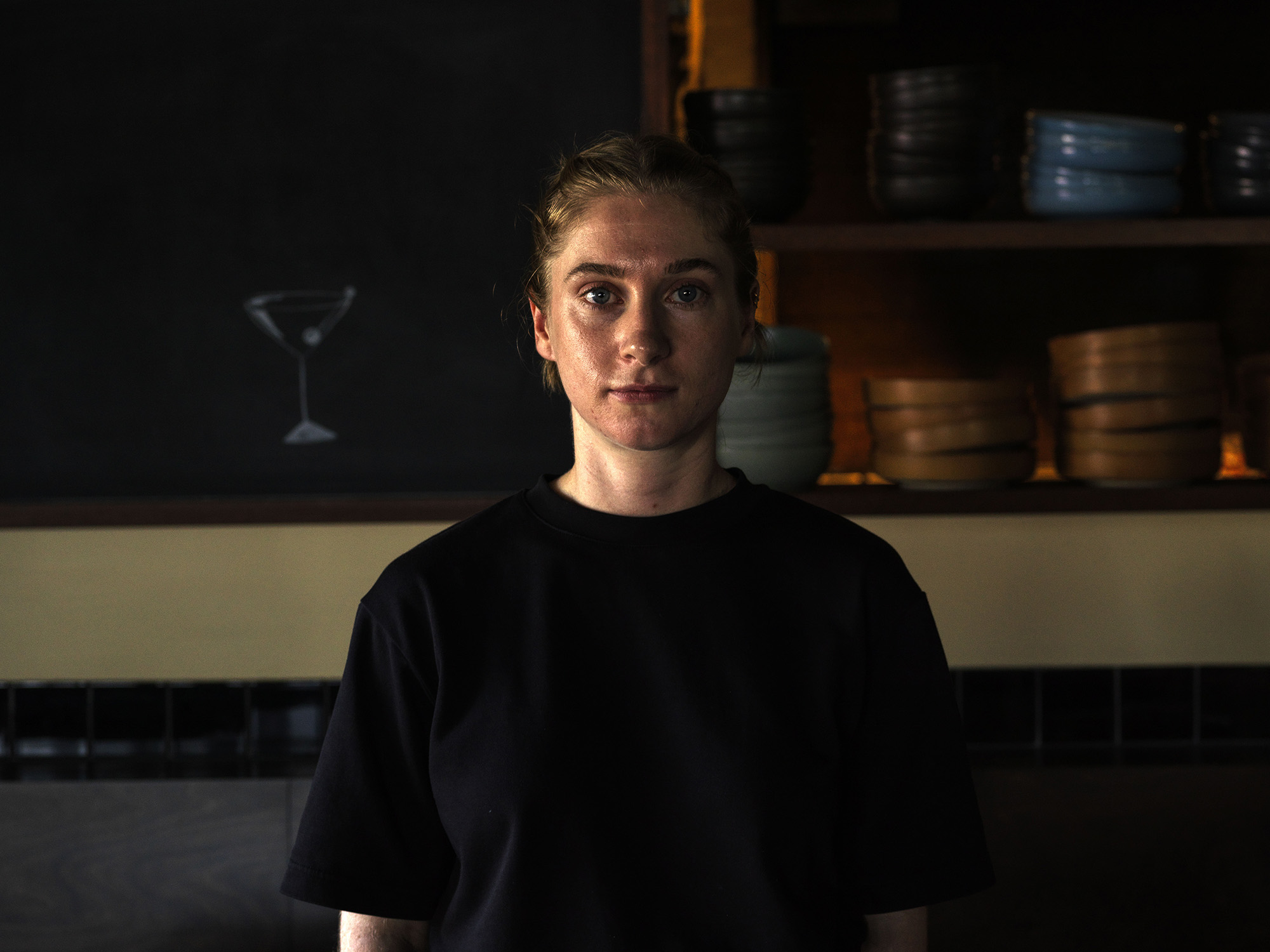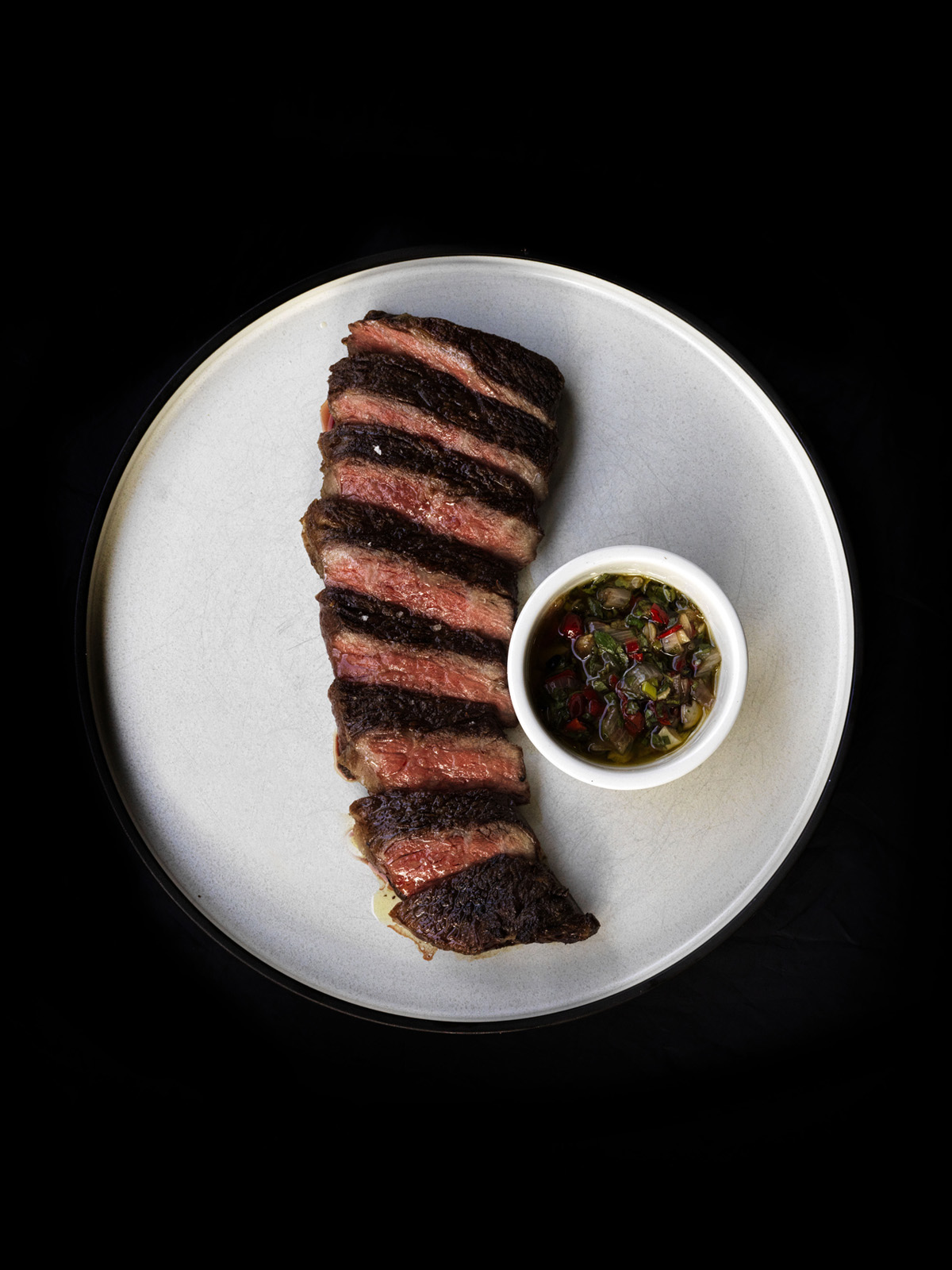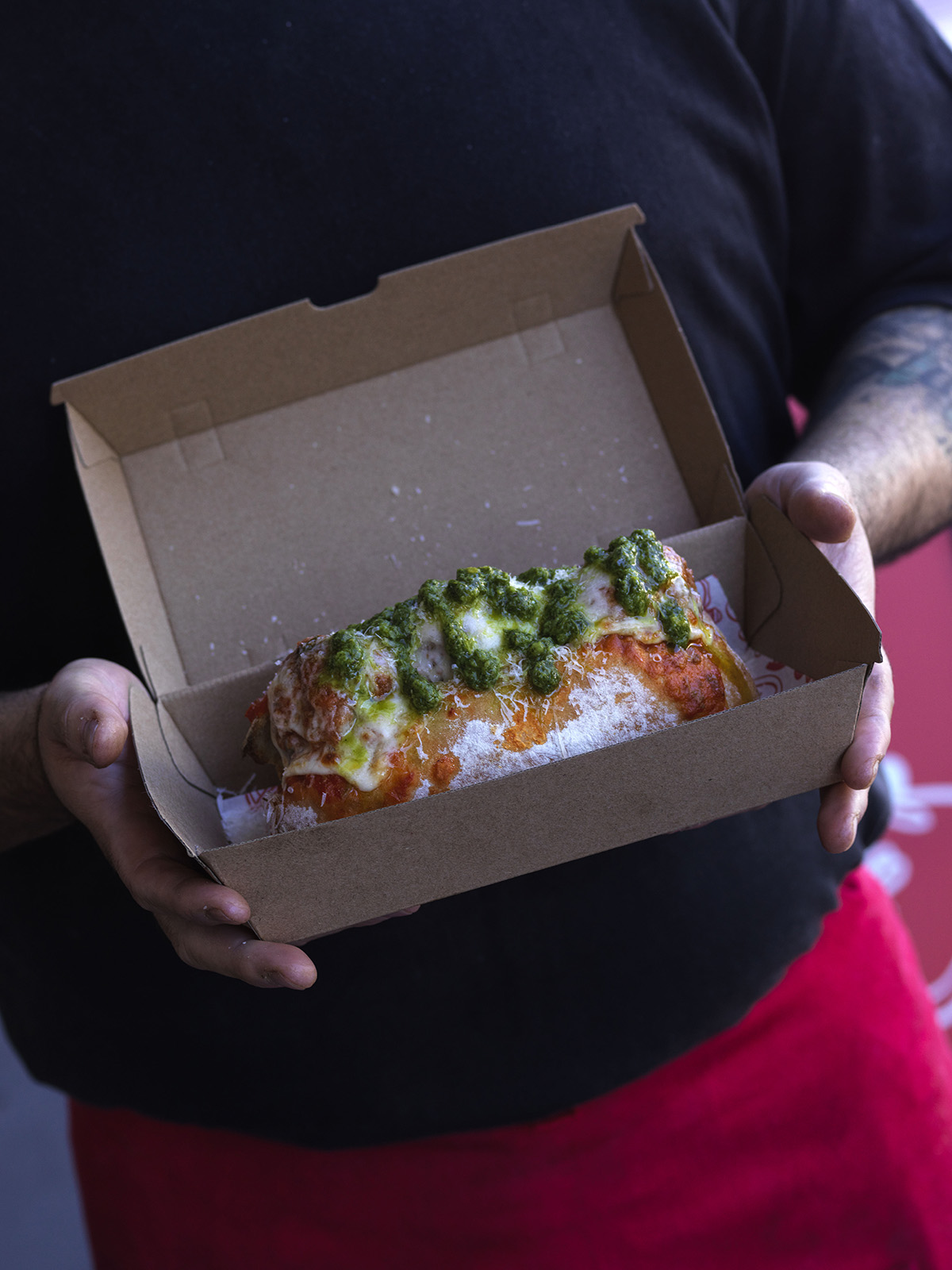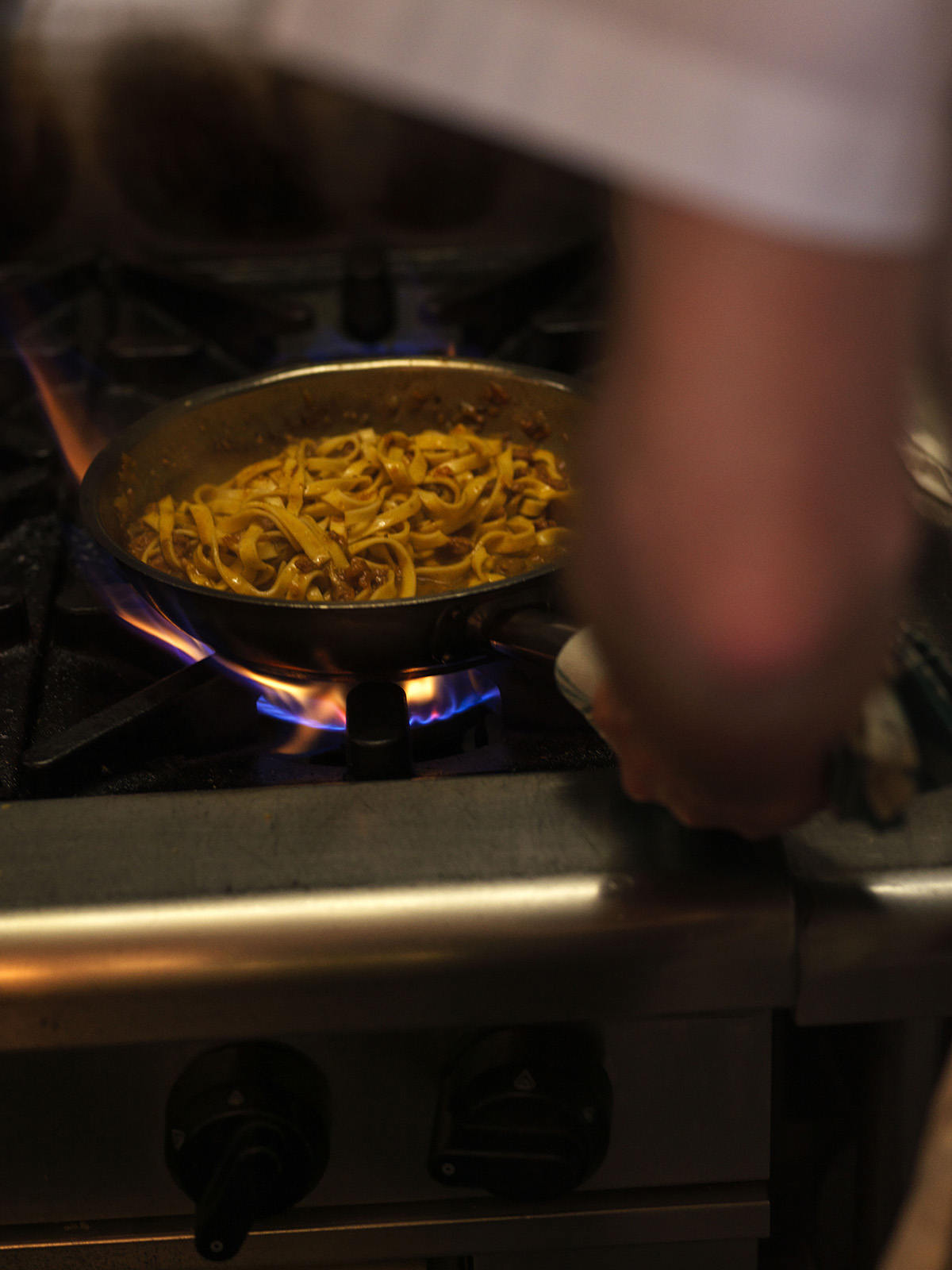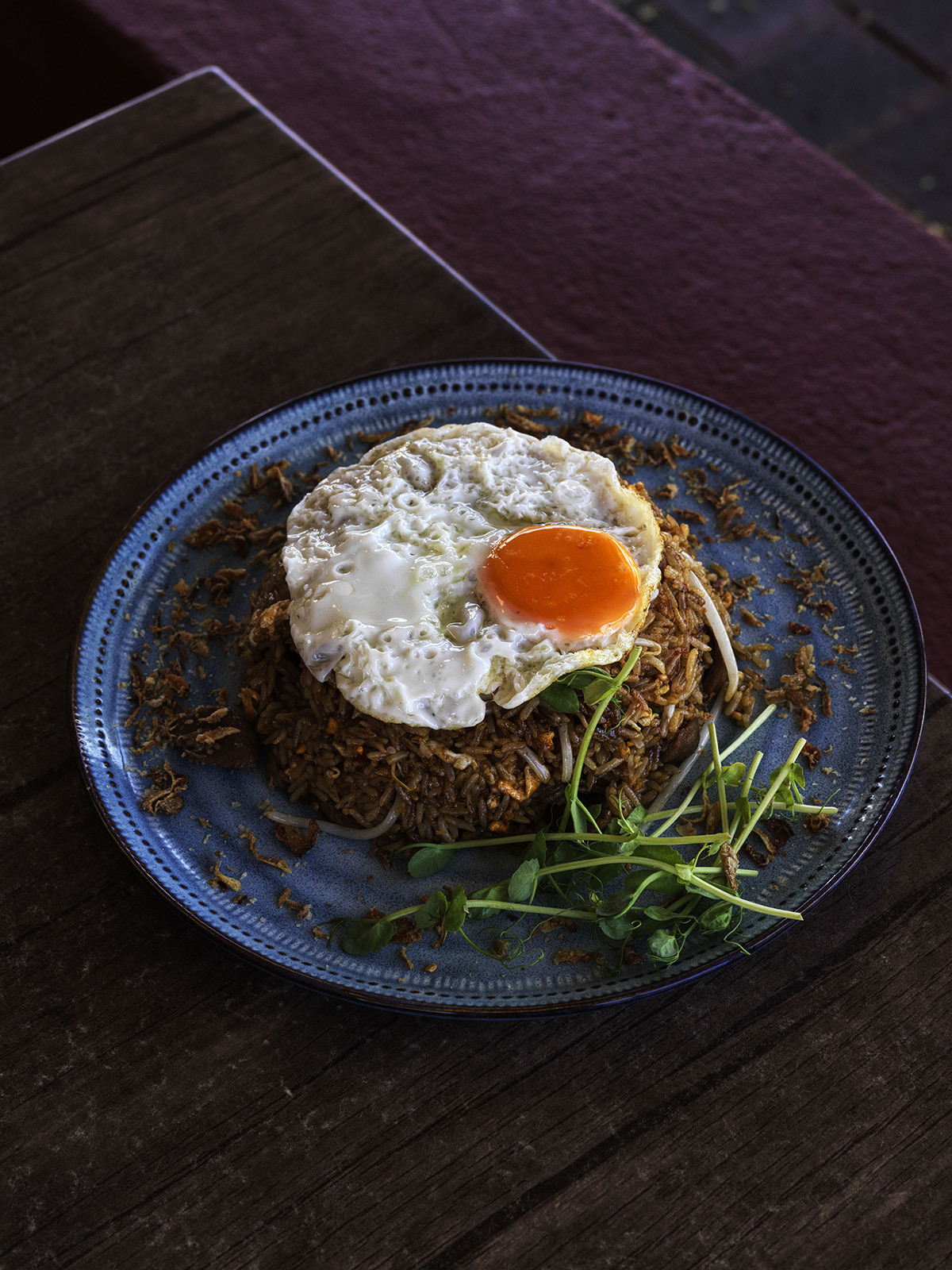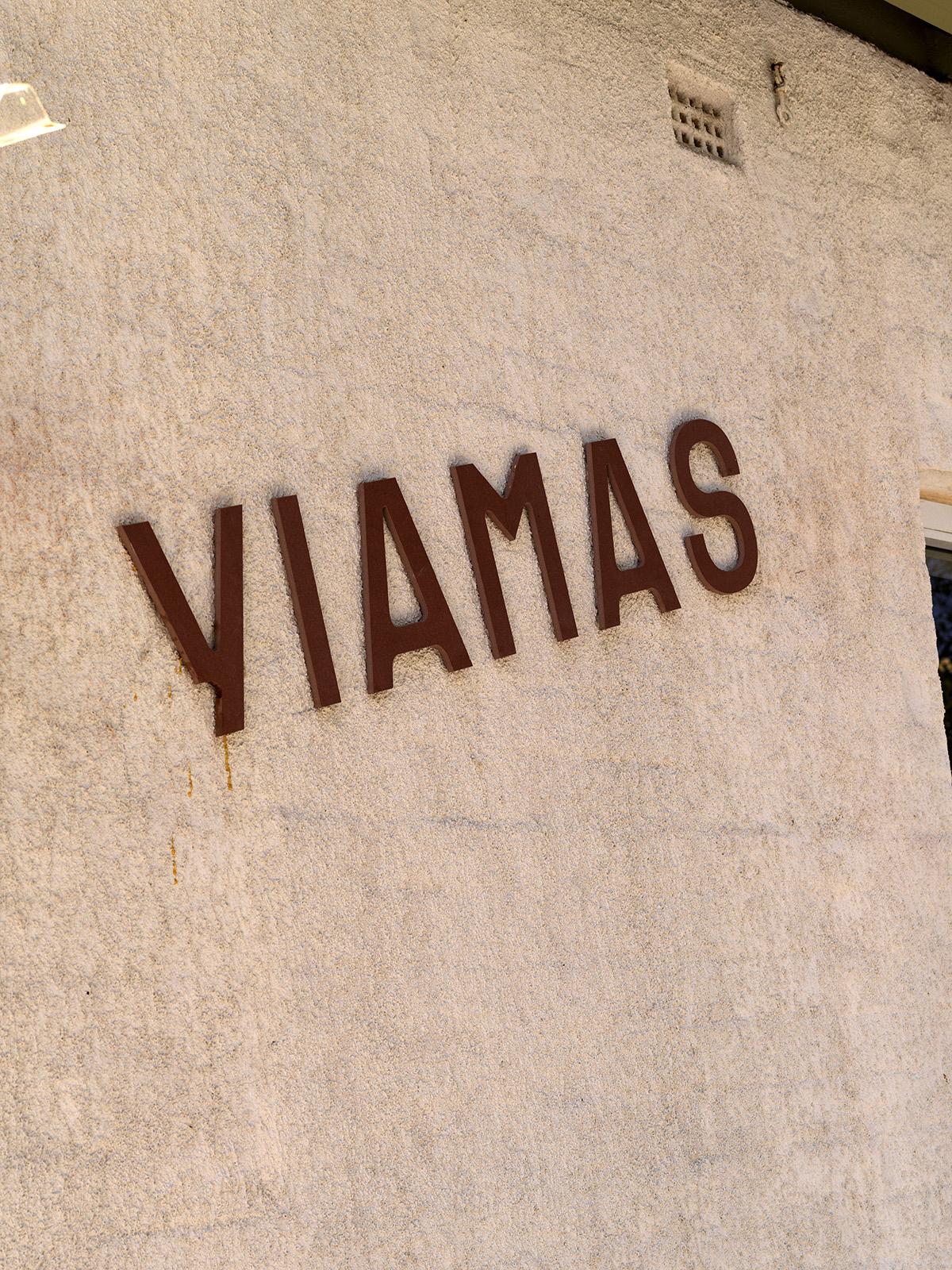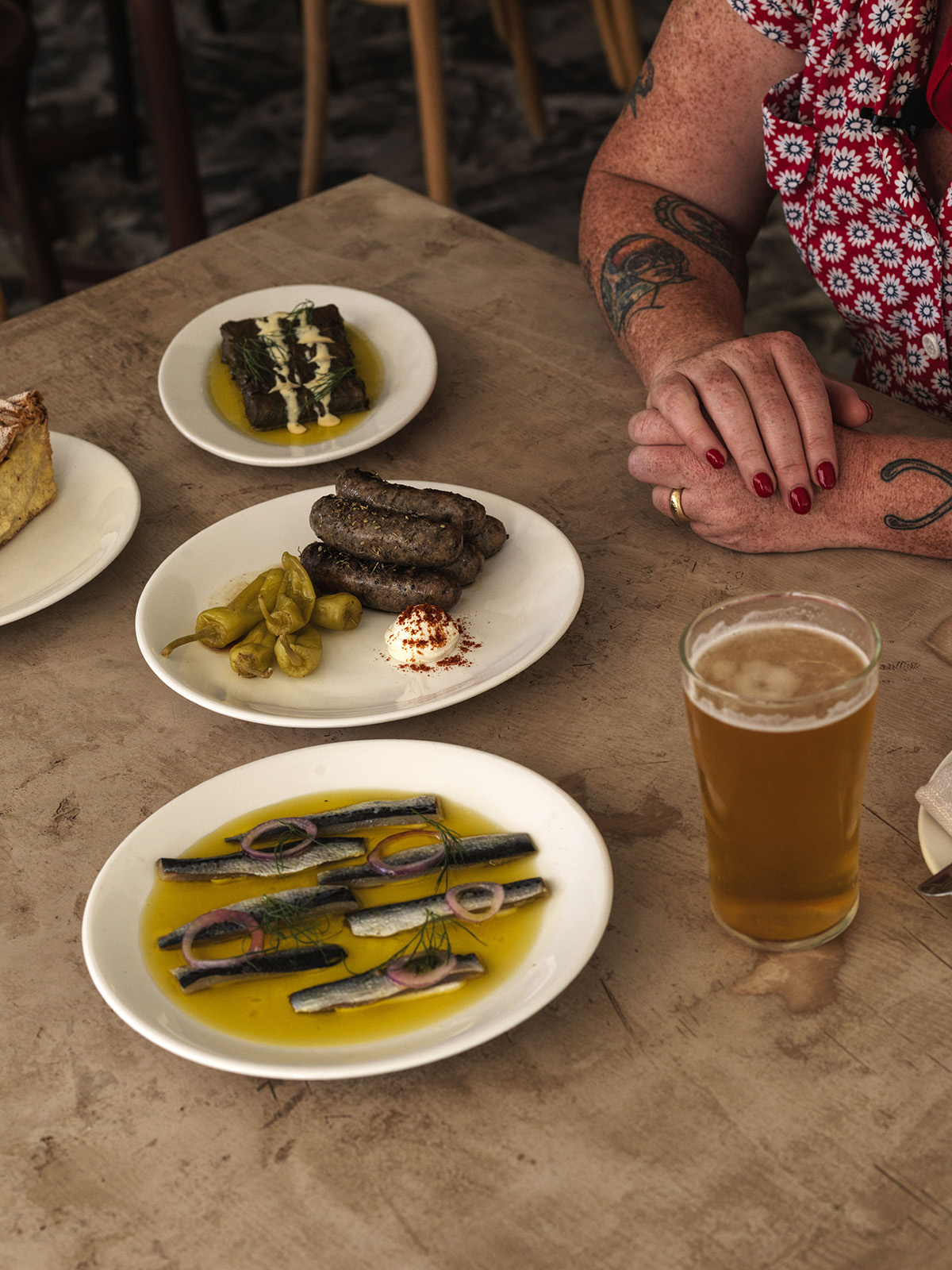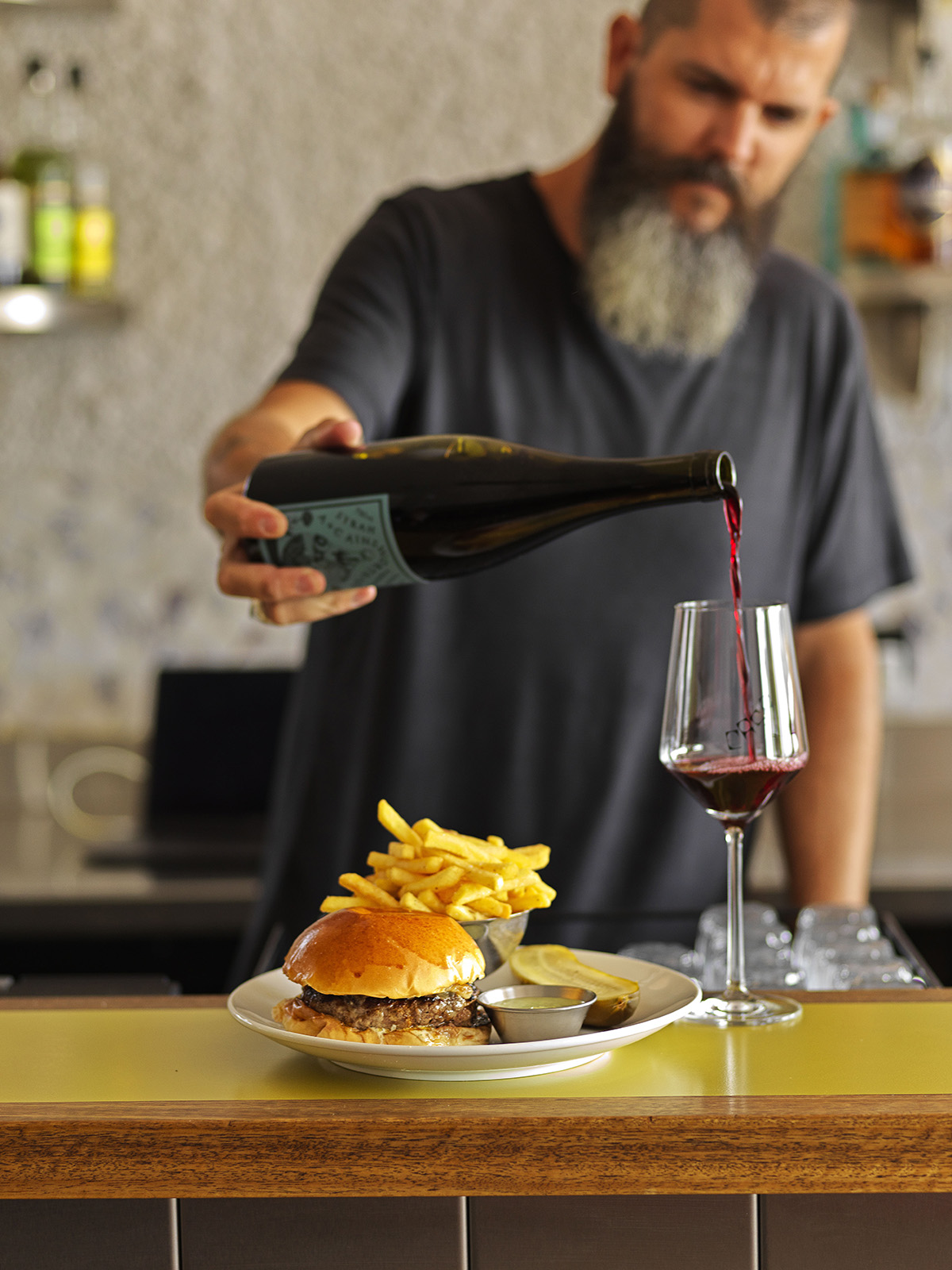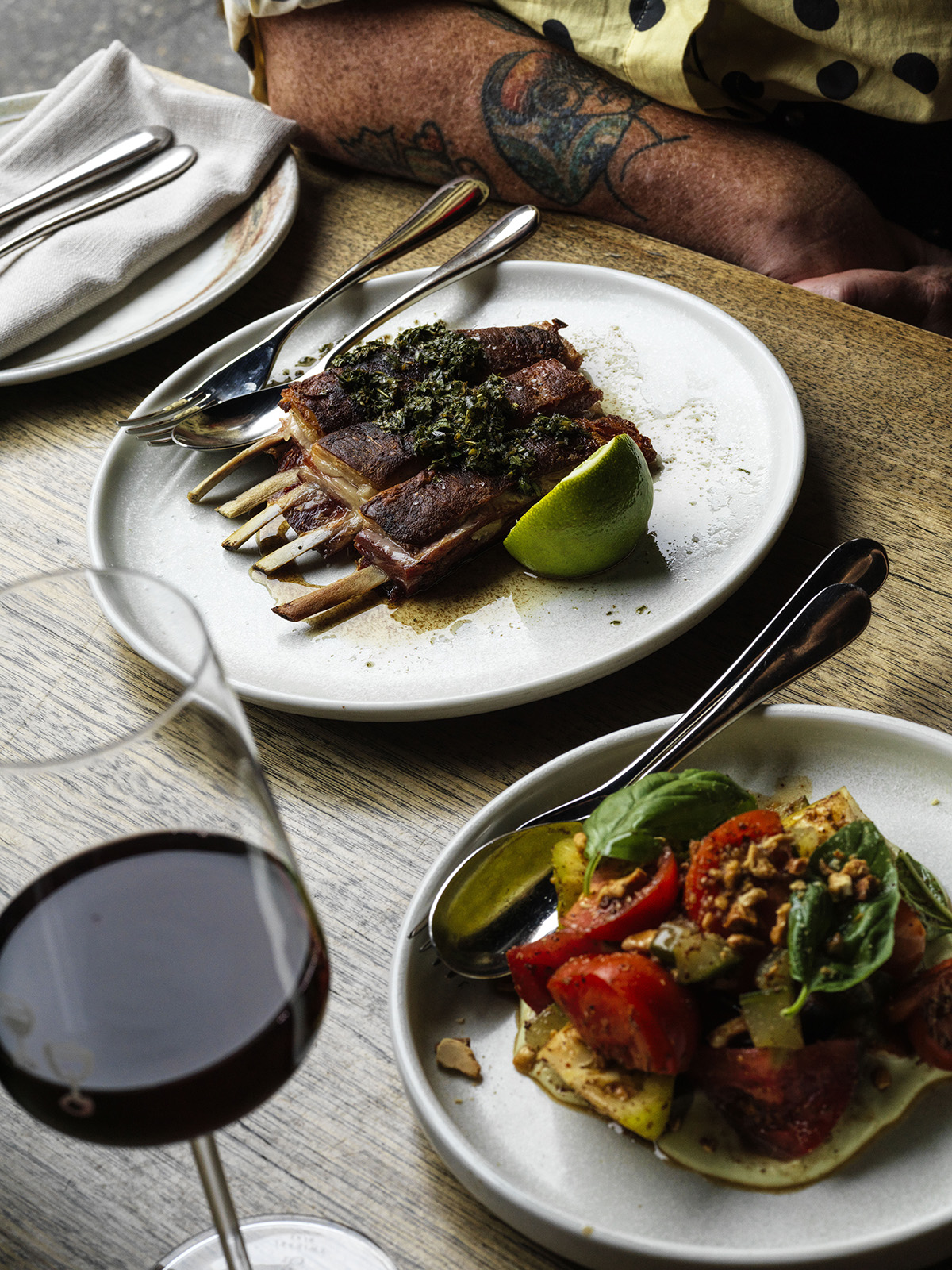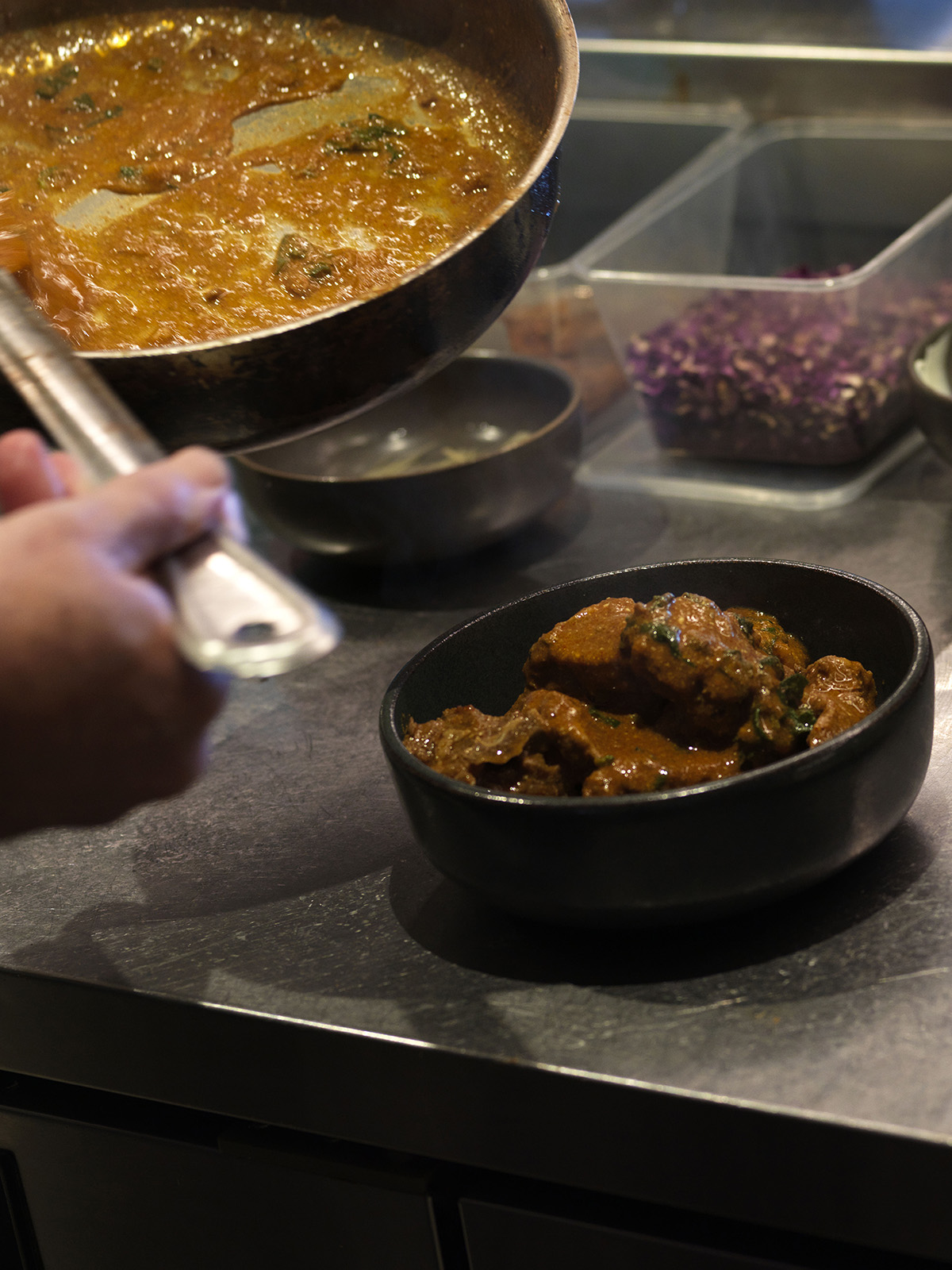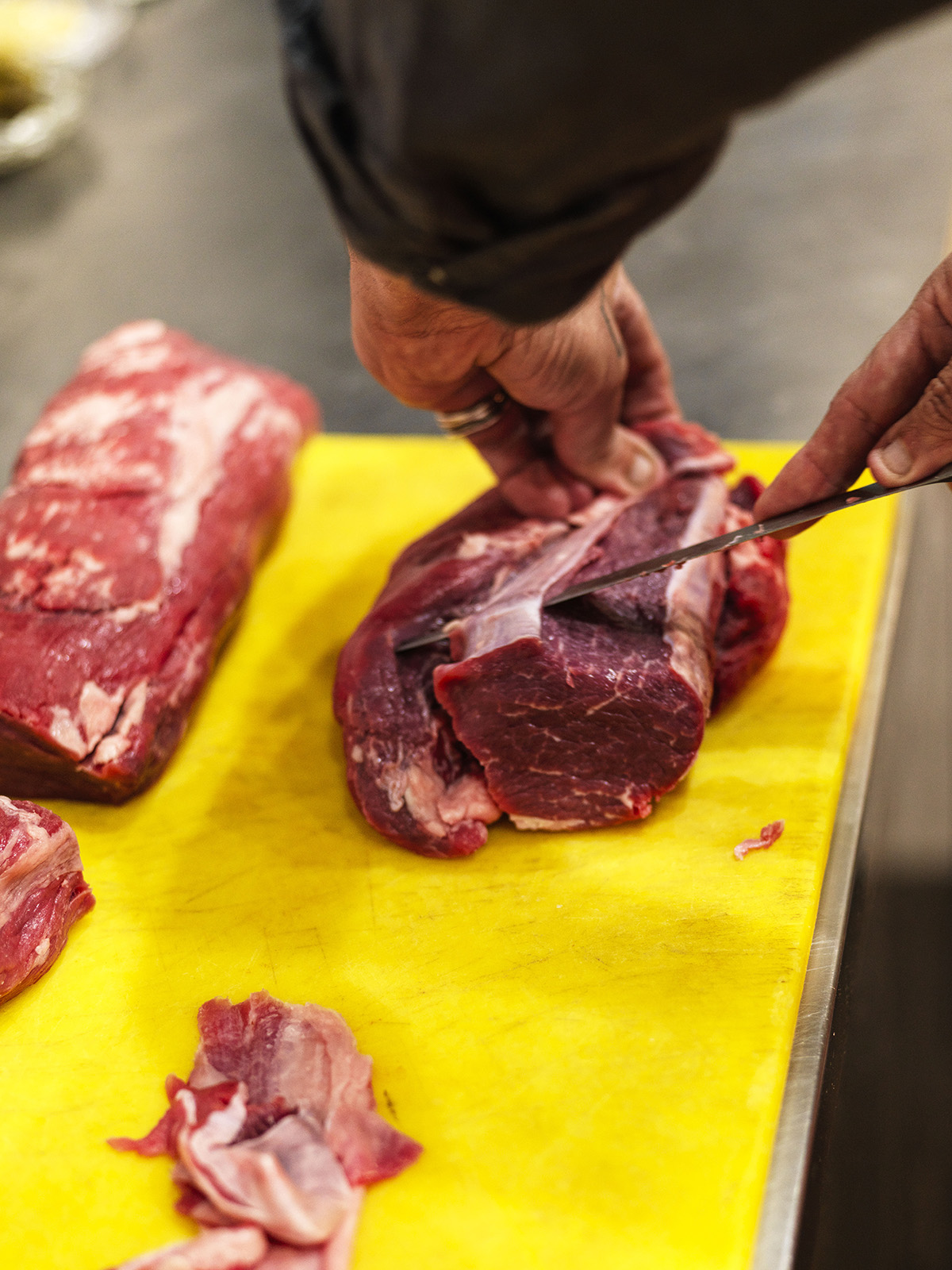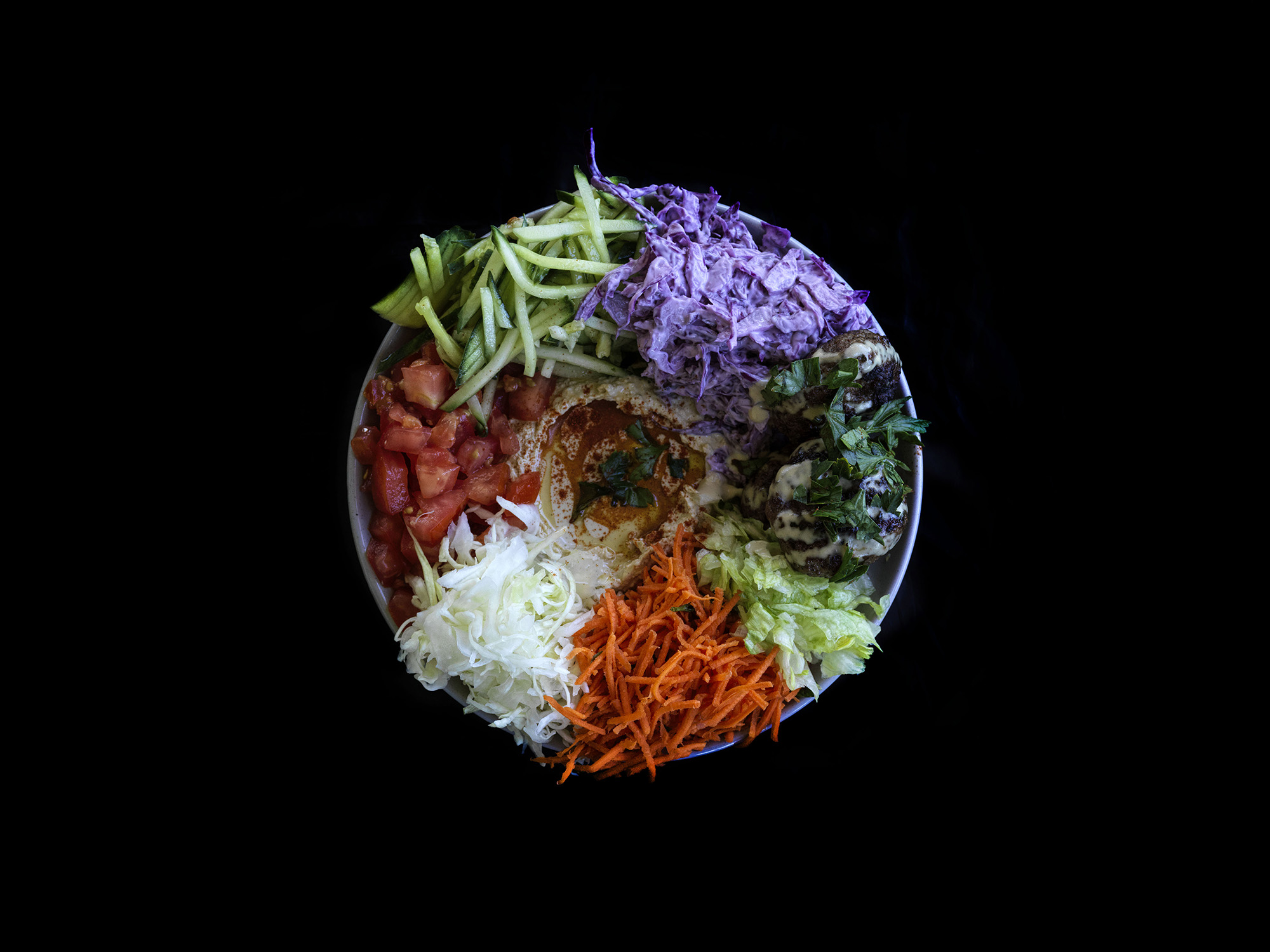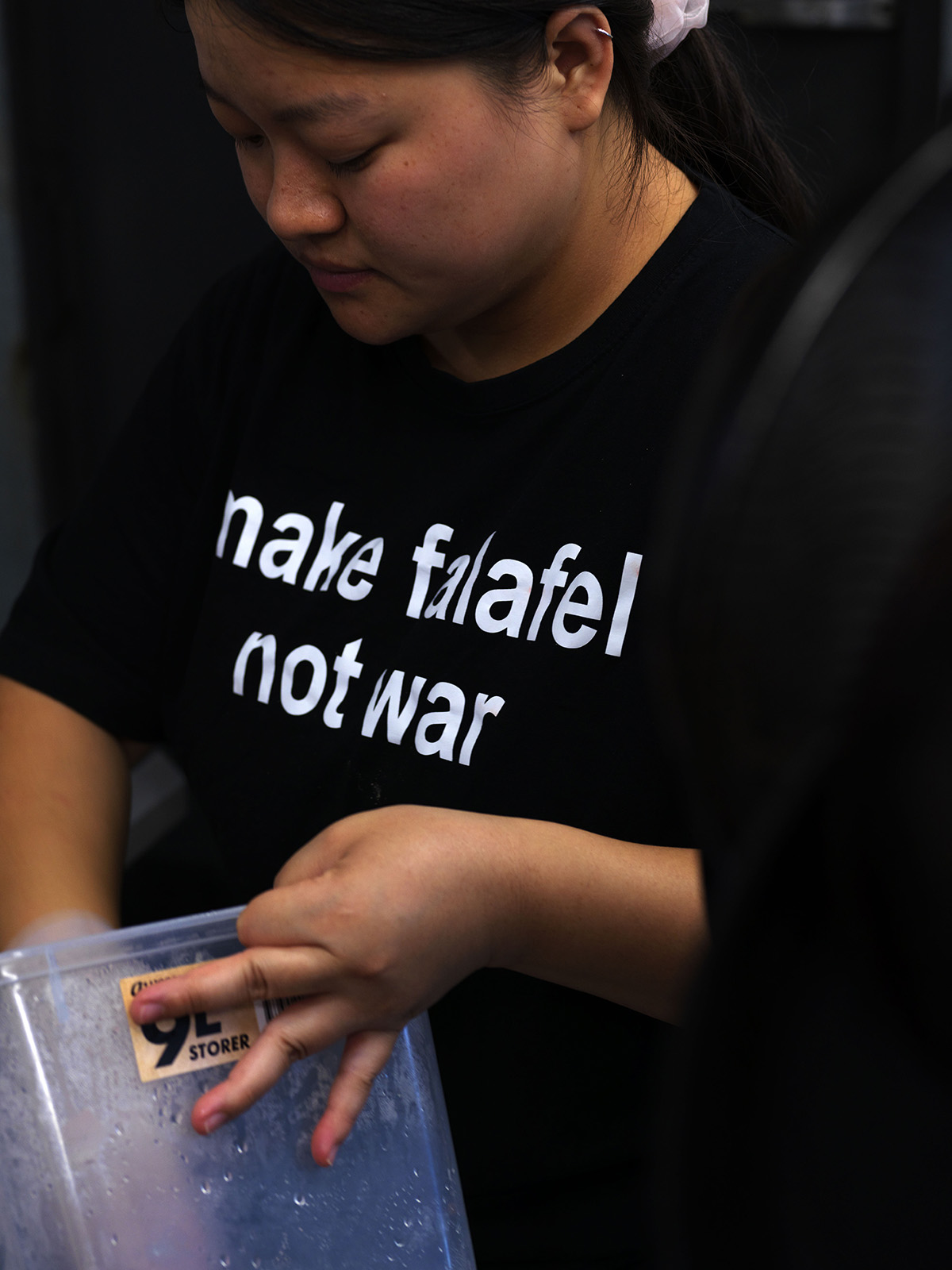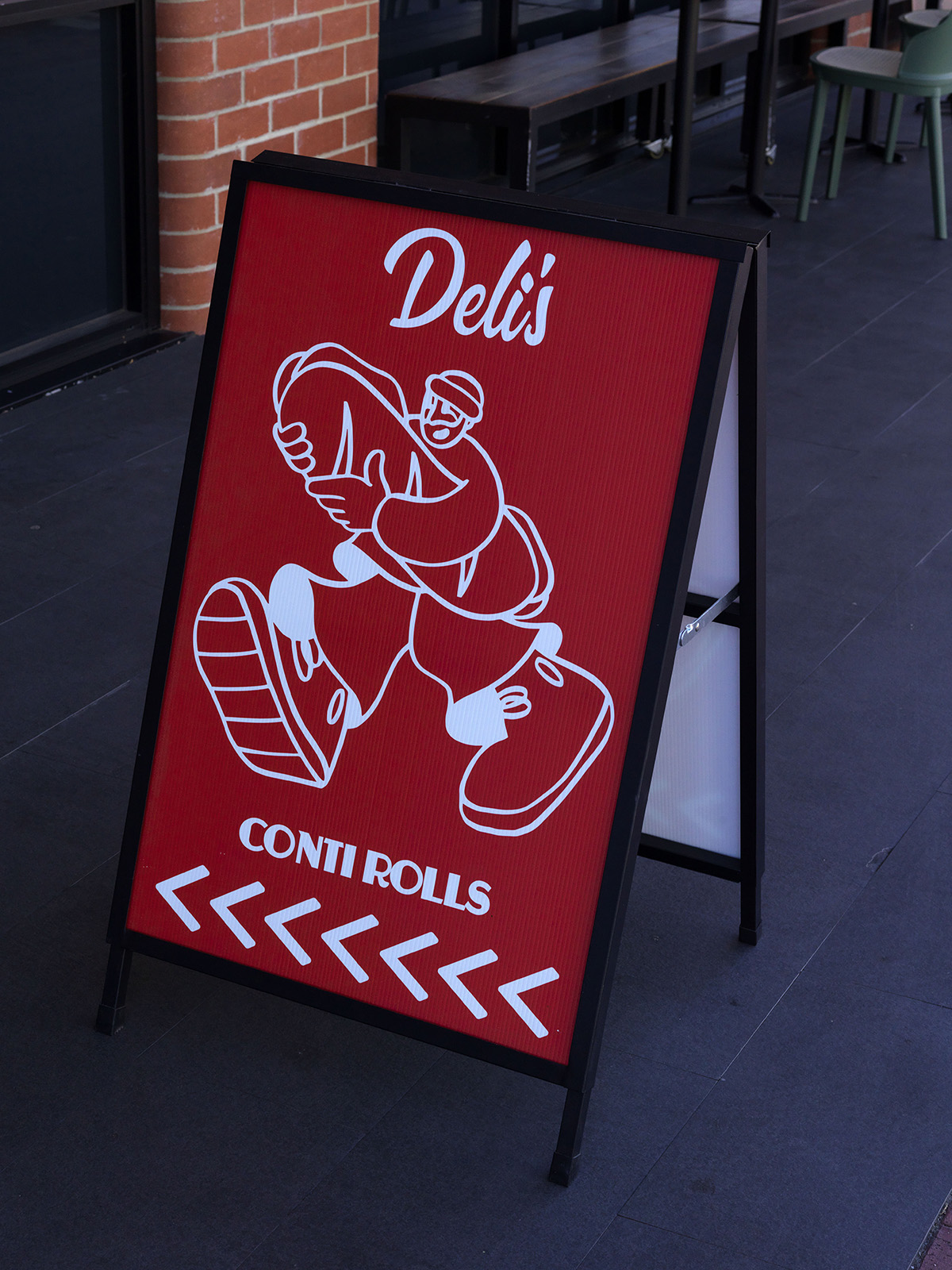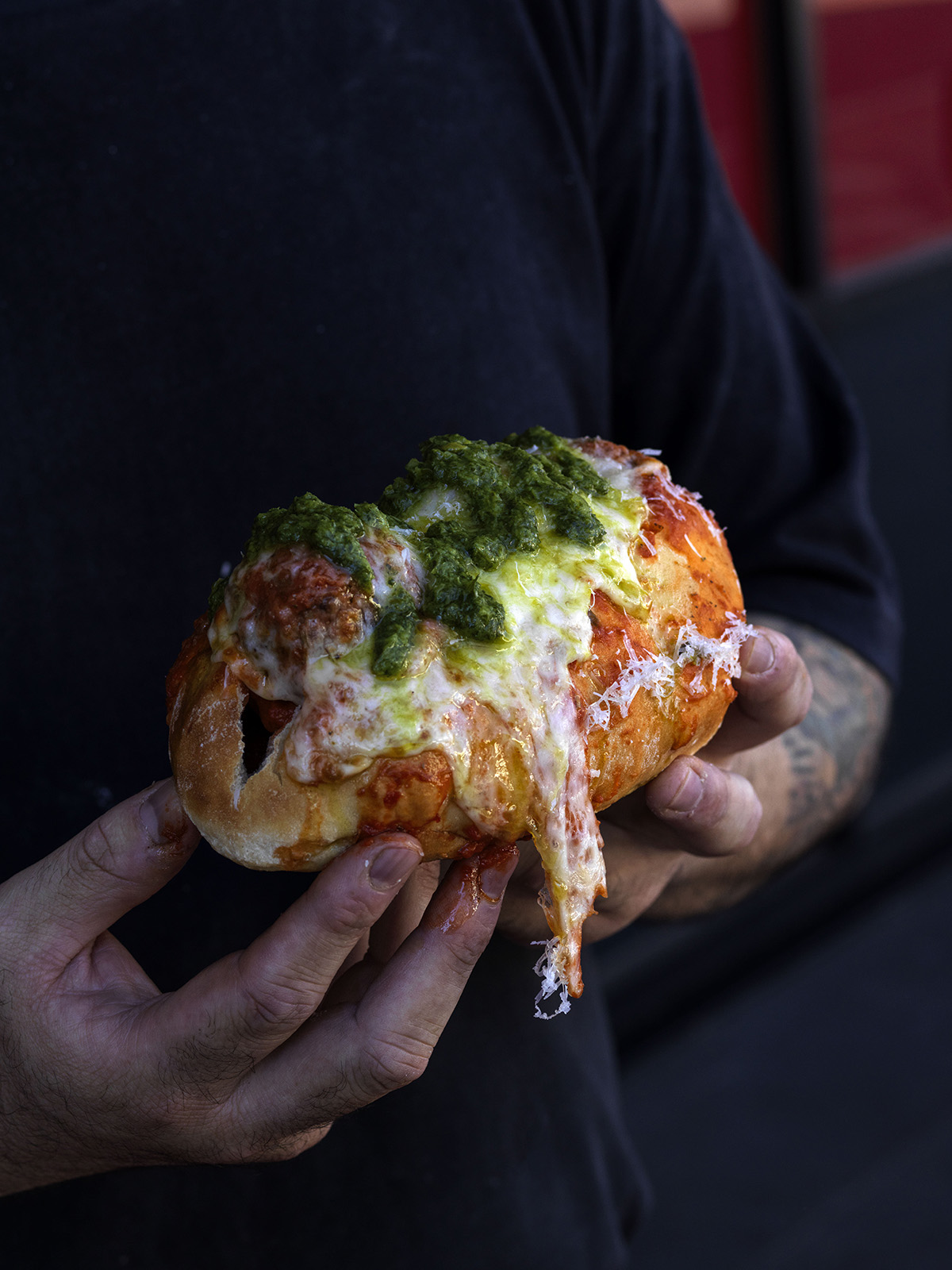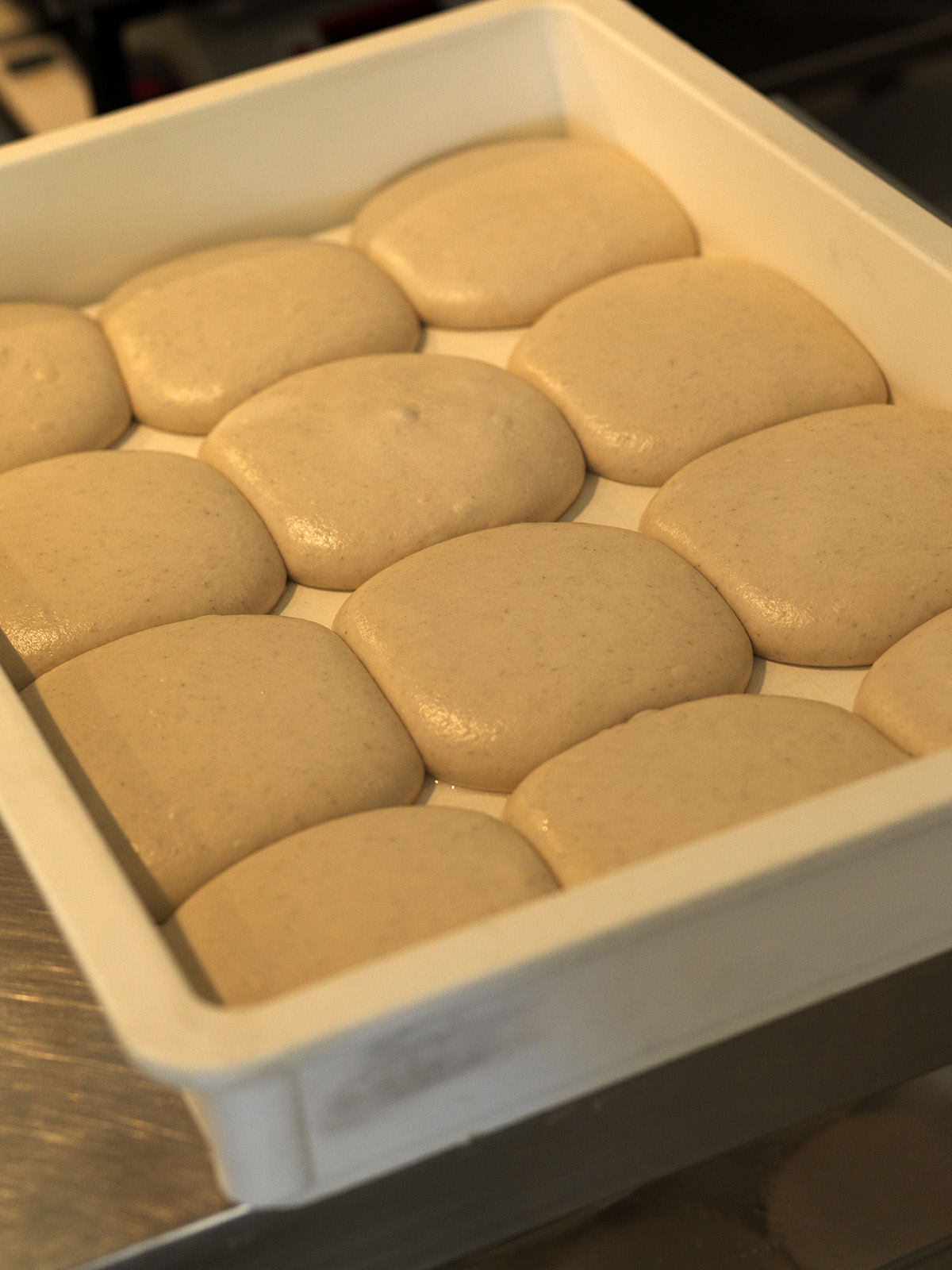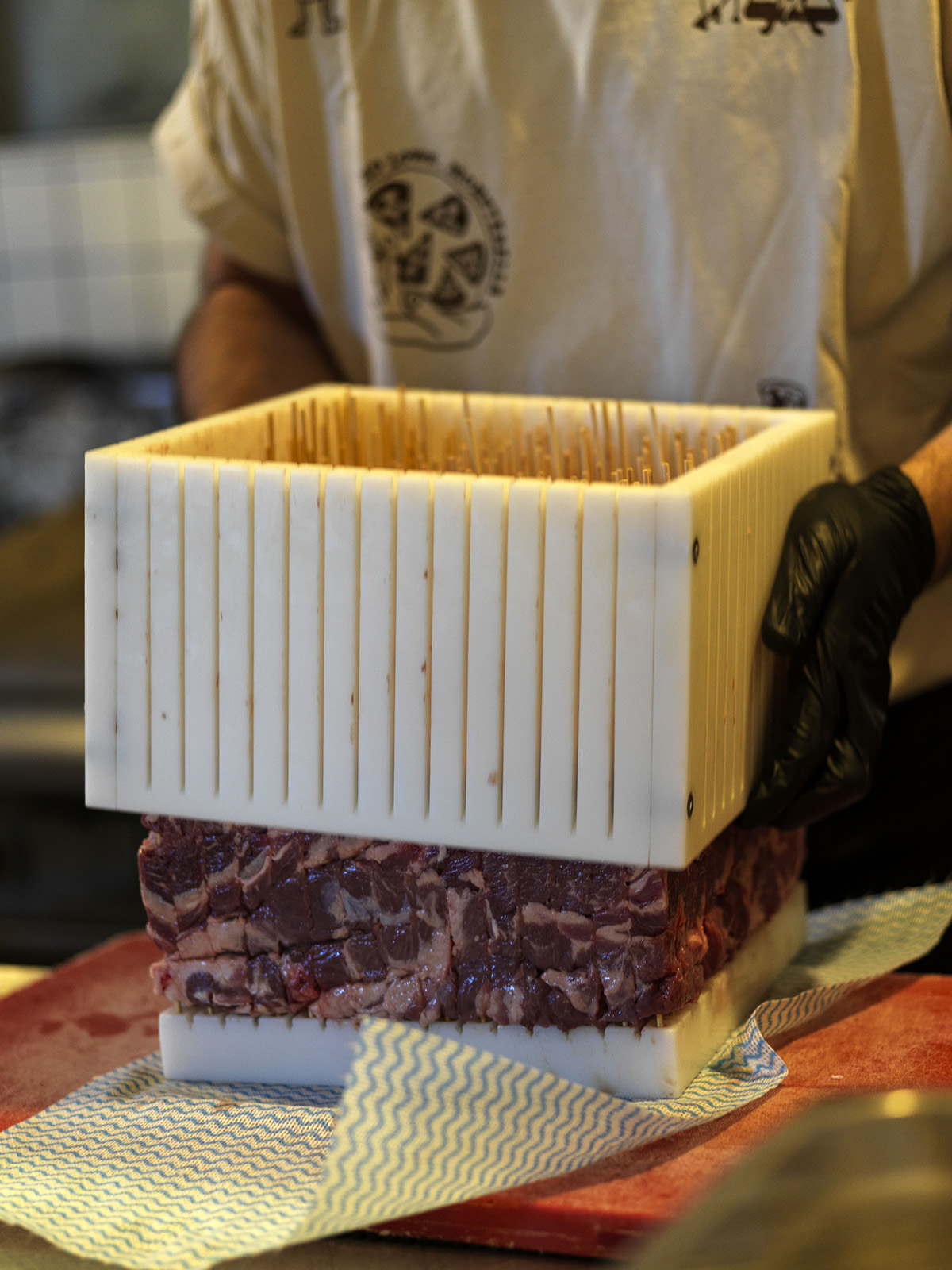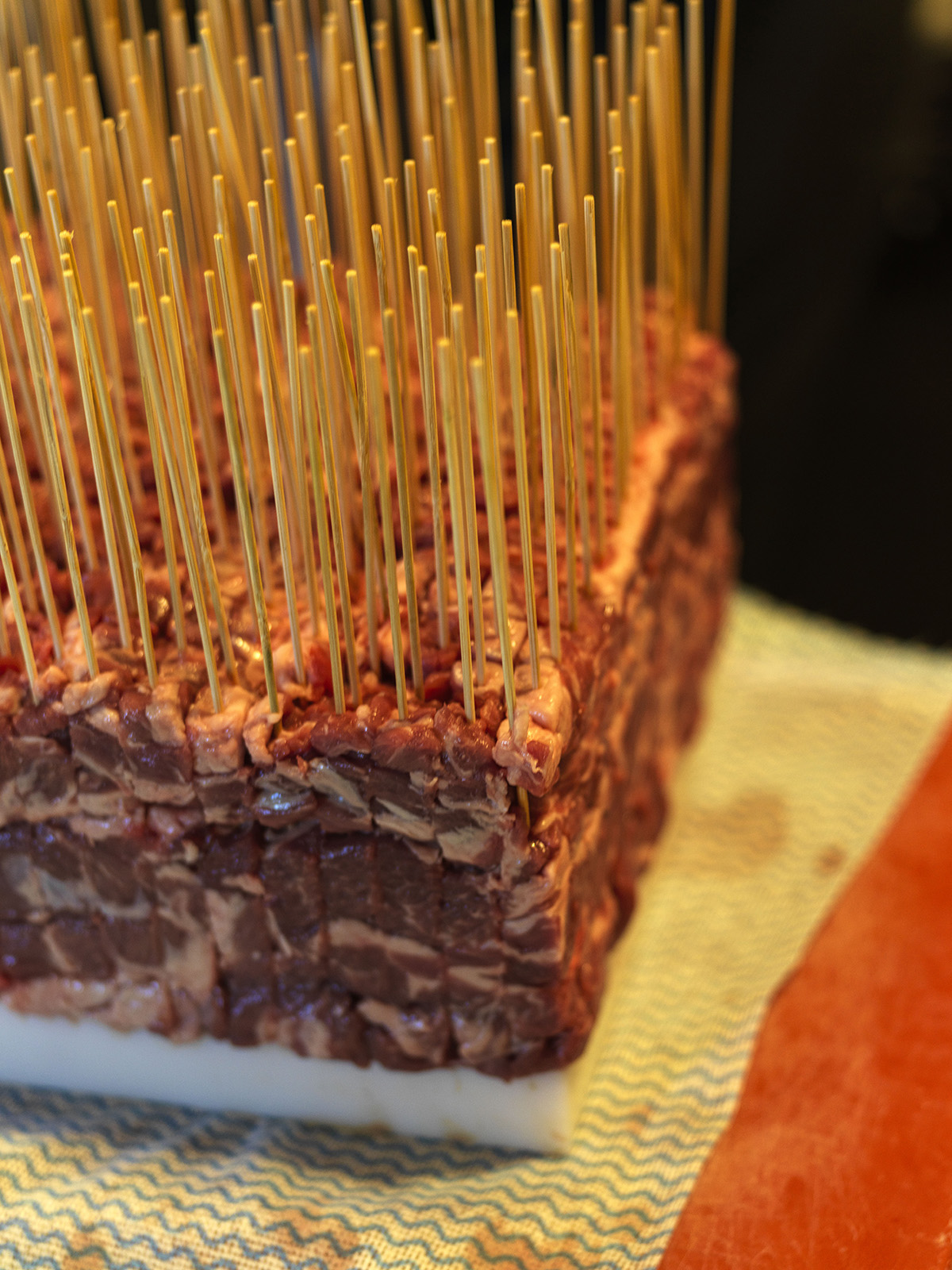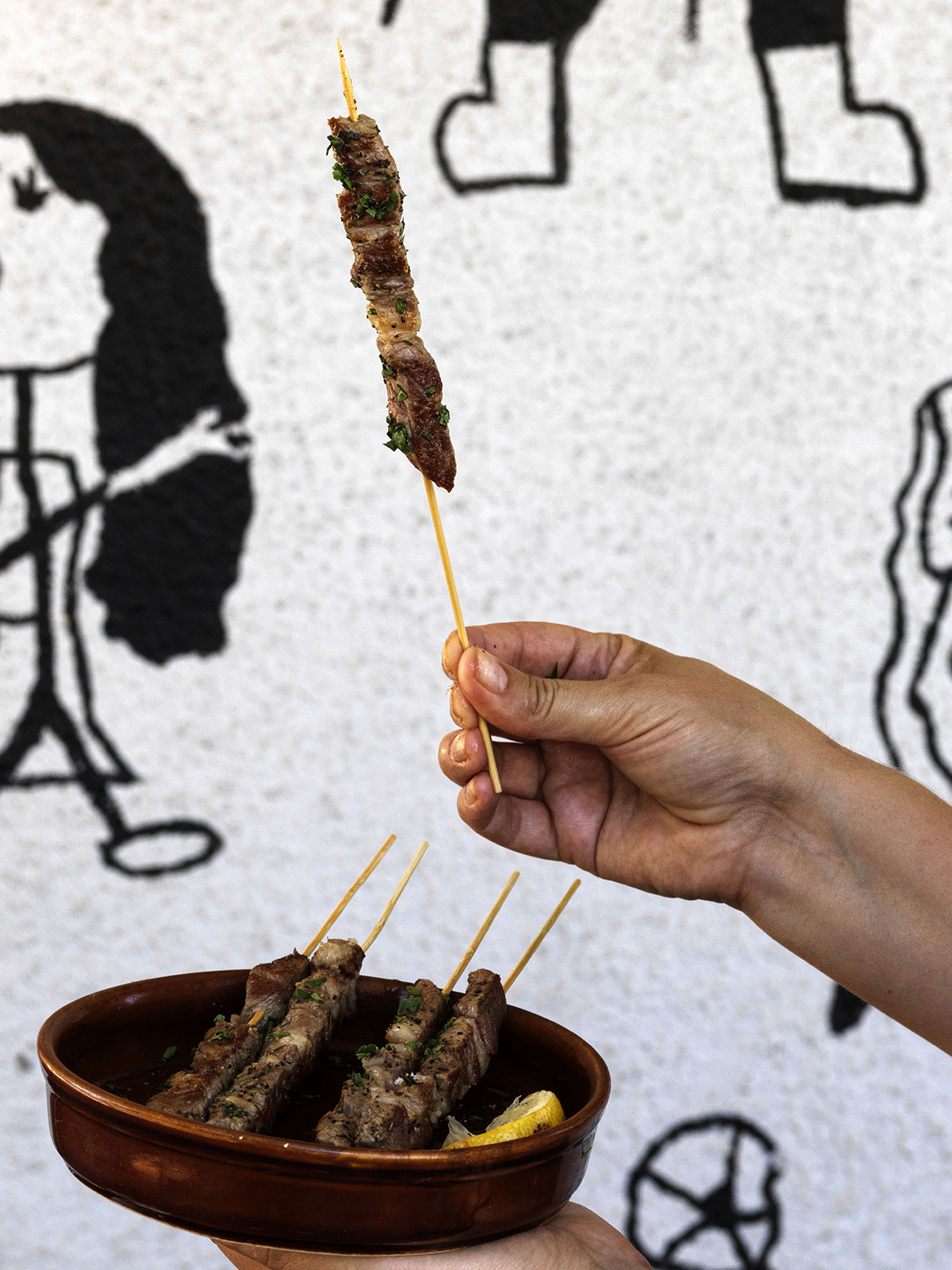Guest
Editor’s
Letter
Welcome to Perth, capital of Western Australia and home to sun, sand, surf, and food writer and this issue’s guest editor, Max Veenhuyzen.
 When Meat & Livestock Australia asked me if I wanted to be guest editor of the Perth edition of Rare Medium that you’re reading, I said yes straight away. Not because it’s been a while since Rare Medium came to Western Australia and I wanted to make sure they were talking to all the right people. And not because it meant working with talented pals Myffy Rigby, Jason Loucas, Anthony McFarlane and Rare Medium editor Mary-Jane Morse to share Perth’s best with the rest of Australia. (Having said that, linking up with an all-star crew certainly didn’t suck; nor does sharing page space with Australian food heavyweights Pat Nourse and Mark Best).
When Meat & Livestock Australia asked me if I wanted to be guest editor of the Perth edition of Rare Medium that you’re reading, I said yes straight away. Not because it’s been a while since Rare Medium came to Western Australia and I wanted to make sure they were talking to all the right people. And not because it meant working with talented pals Myffy Rigby, Jason Loucas, Anthony McFarlane and Rare Medium editor Mary-Jane Morse to share Perth’s best with the rest of Australia. (Having said that, linking up with an all-star crew certainly didn’t suck; nor does sharing page space with Australian food heavyweights Pat Nourse and Mark Best).
I said yes because, like many West Australian eaters, I’m both proud and pumped about Perth’s food and drink scene and really want to share its really good bits with as many people as possible. I say this not because it’s my job, but because I’d love it if every visitor to P-Town left here wanting to come back as soon as possible.
I’m not going to insult anyone’s intelligence and tell you that you won’t get a bad meal in Perth. But armed with the right intel (intel you’ll find in these pages, incidentally) you won’t just eat and drink very well: you’ll also, I hope, get a sense of the magic, the resilience and the underdog spirit that makes Perth, Perth.
But don’t just take my word for it. Listen to the story of Donovan Macdonald, the unlikely hero behind one of Australia’s great barbecue experiences. Coo at glamour shots of some of the city’s best dishes. Familiarise yourself with the emerging west coast cooks thrilling diners by incorporating flavours from Thailand, Italy and Nyoongar Boodja, the traditional name of Western Australia’s southwest. The west has much to offer hungry and thirsty folks and, naturally, beef and lamb often star in these good times.
Welcome – or, in Nyoongar, wanjoo – to Perth. I hope you have the best time. And if someone ever asks you to head out this way, I suggest you say yes straight away, too.
Max Veenhyuzen
Journalist
@maxveenhuyzen
 It made perfect sense to bring in the big guns to help us navigate Perth’s bubbling foodservice scene – a passionate advocate for all things WA, and a man with much more than his finger on the pulse; quite possibly the beating heart itself.
It made perfect sense to bring in the big guns to help us navigate Perth’s bubbling foodservice scene – a passionate advocate for all things WA, and a man with much more than his finger on the pulse; quite possibly the beating heart itself.


 When Meat & Livestock Australia asked me if I wanted to be guest editor of the Perth edition of Rare Medium that you’re reading, I said yes straight away. Not because it’s been a while since Rare Medium came to Western Australia and I wanted to make sure they were talking to all the right people. And not because it meant working with talented pals Myffy Rigby, Jason Loucas, Anthony McFarlane and Rare Medium editor Mary-Jane Morse to share Perth’s best with the rest of Australia. (Having said that, linking up with an all-star crew certainly didn’t suck; nor does sharing page space with Australian food heavyweights Pat Nourse and Mark Best).
When Meat & Livestock Australia asked me if I wanted to be guest editor of the Perth edition of Rare Medium that you’re reading, I said yes straight away. Not because it’s been a while since Rare Medium came to Western Australia and I wanted to make sure they were talking to all the right people. And not because it meant working with talented pals Myffy Rigby, Jason Loucas, Anthony McFarlane and Rare Medium editor Mary-Jane Morse to share Perth’s best with the rest of Australia. (Having said that, linking up with an all-star crew certainly didn’t suck; nor does sharing page space with Australian food heavyweights Pat Nourse and Mark Best).


